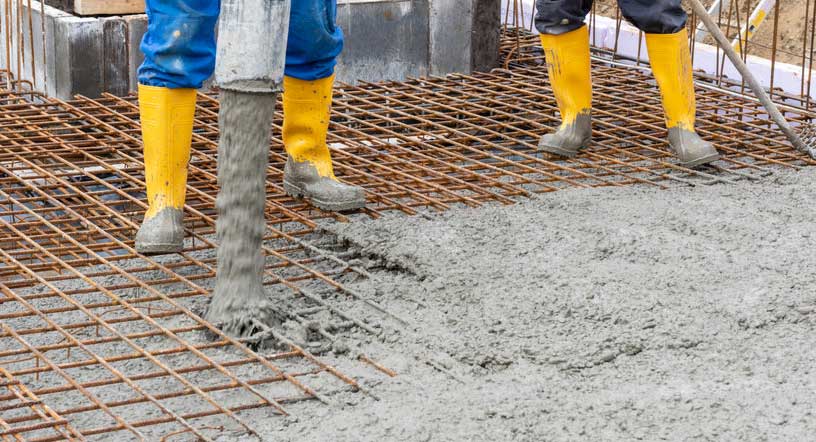
On paper, digging your own foundation to that house, barn or shed sounds like a practical idea. Can’t be THAT complicated, right? And might be a way to save a little cash on the front end of a project and at the same time burnish your own tough guy or gal bona fides.
The problem with that philosophy, though, is … well, running into problems. Professionals are equipped, outfitted and trained to handle any curveball that might come your way in that process. And the foundation isn’t a part of your house where you can afford to be anything other than perfect. There is no fixing your foundation mistakes — cheaply, safely or easily — on the back end. You have exactly one shot to make sure it gets done correctly to save you a lot of heartache and hassle down the road.
Here is an overview of why digging and pouring your foundation is not a DIY job:
Your foundation is just that — your foundation
Installing a foundation is more than just keeping the bottom of the structure out of the dirt. Your foundation supports the weight of your building, keeping it from collapsing, rotting, deteriorating or sinking.
More than that, the foundation keeps moisture out of the structure — which prevents cracking, splitting, or providing a haven for mold and mildew. A solid foundation made of concrete or a similarly dense and durable material, properly applied, is what keeps this from happening
Foundations also guard your building from the earth’s movement, natural or man-made. A firm foundation is your house’s best bet to survive an earthquake, sure, but any number of other factors can shake the ground to a lesser degree, perhaps not enough to notice immediately but enough to jostle a house without a proper foundation: vehicular traffic and underground running water, to name a couple.
Your foundation also keeps the cold out of your building. Even in the summer, the ground under a structure is considerably colder than surface or air temperature, which is why the lowest floor of a building tends to be the coolest. A foundation made and installed properly helps seal out the frozen tundra effect, whereas most building materials other than concrete have the same effect on the bottom of your house any time of the year as an open screen door might in February.
Building the right way and with the right materials
Foundations aren’t just built from proper materials, but properly installed materials. A one-size-fits-all or haphazardly measured approach to digging and pouring a foundation will impact the appearance and sturdiness of the entire structure. The foundation must be tailored to the specific measurements of the structure. If footings aren’t precise, other elements of your building — doors, windows, siding, the roof — might not align where you designed or intended.
A sufficient foundation must consider soil conditions and types. Concrete should be made thicker and stronger in instances with overly dry or wet soil, as well as in cases of overly heavy structures. Planning to use stone or marble? That will be heavier than wood or tile, and should be accounted for in the foundation assembly process.
You need a professional to build your foundation the right way!
Danger lurks
To be frank, excavation (large-scale digging) is dangerous.
Walls to trenches can collapse if soil shifts or is otherwise unstable and can trap workers. Pressure from piles of dirt, rock and debris can cut off circulation or even breathing.
Excavation has been known to stir up lots of dust and dirt. Without proper breathing and protective gear, lung, sinus or eye irritation could become a complication.
Underground and overhead power, water or gas lines can make diggers’ life difficult, too.
We are trained and equipped to handle these situations, and the long-term future of your structure depends on getting this right. Let us do what we do, and expedite your process in a quick and safe way.
